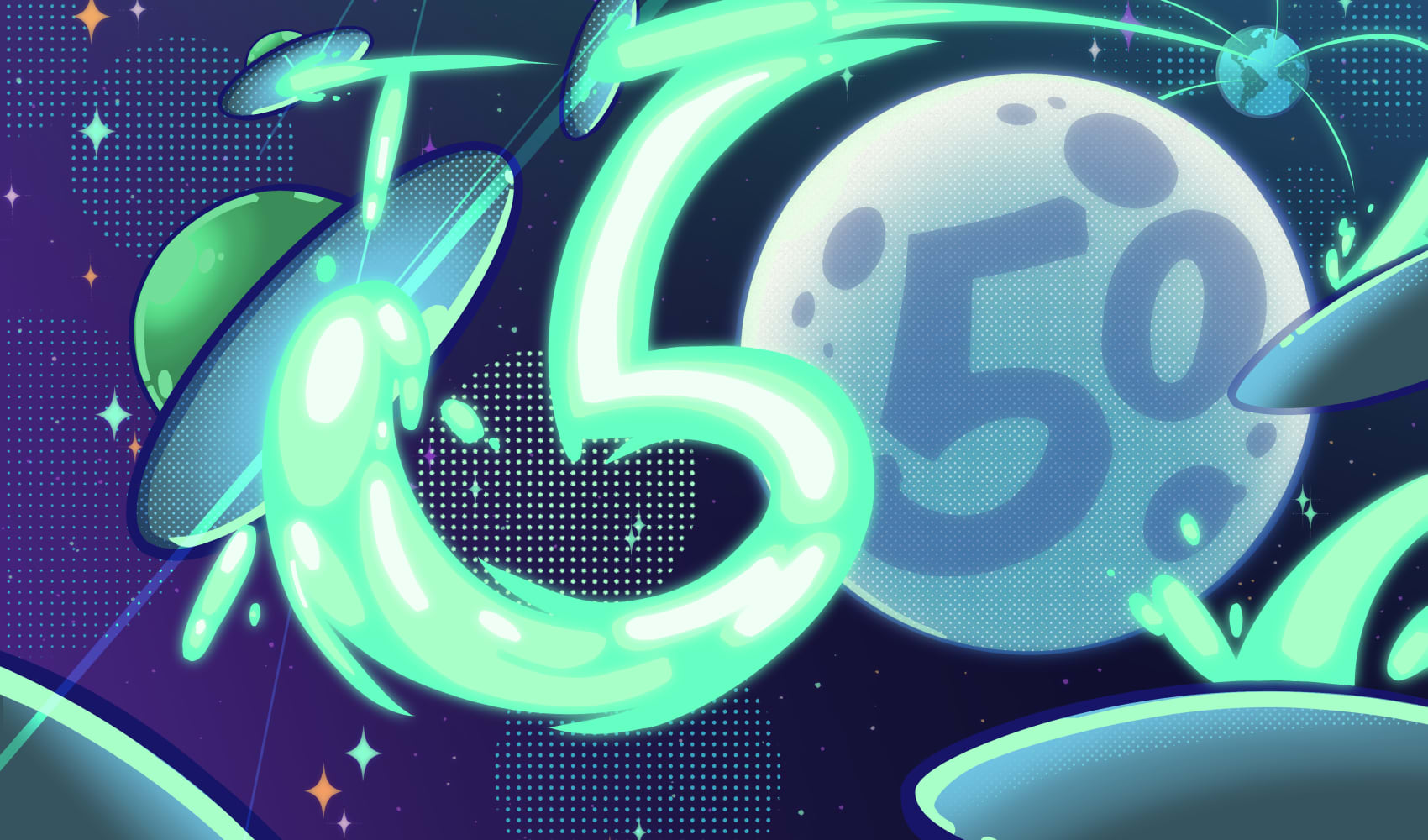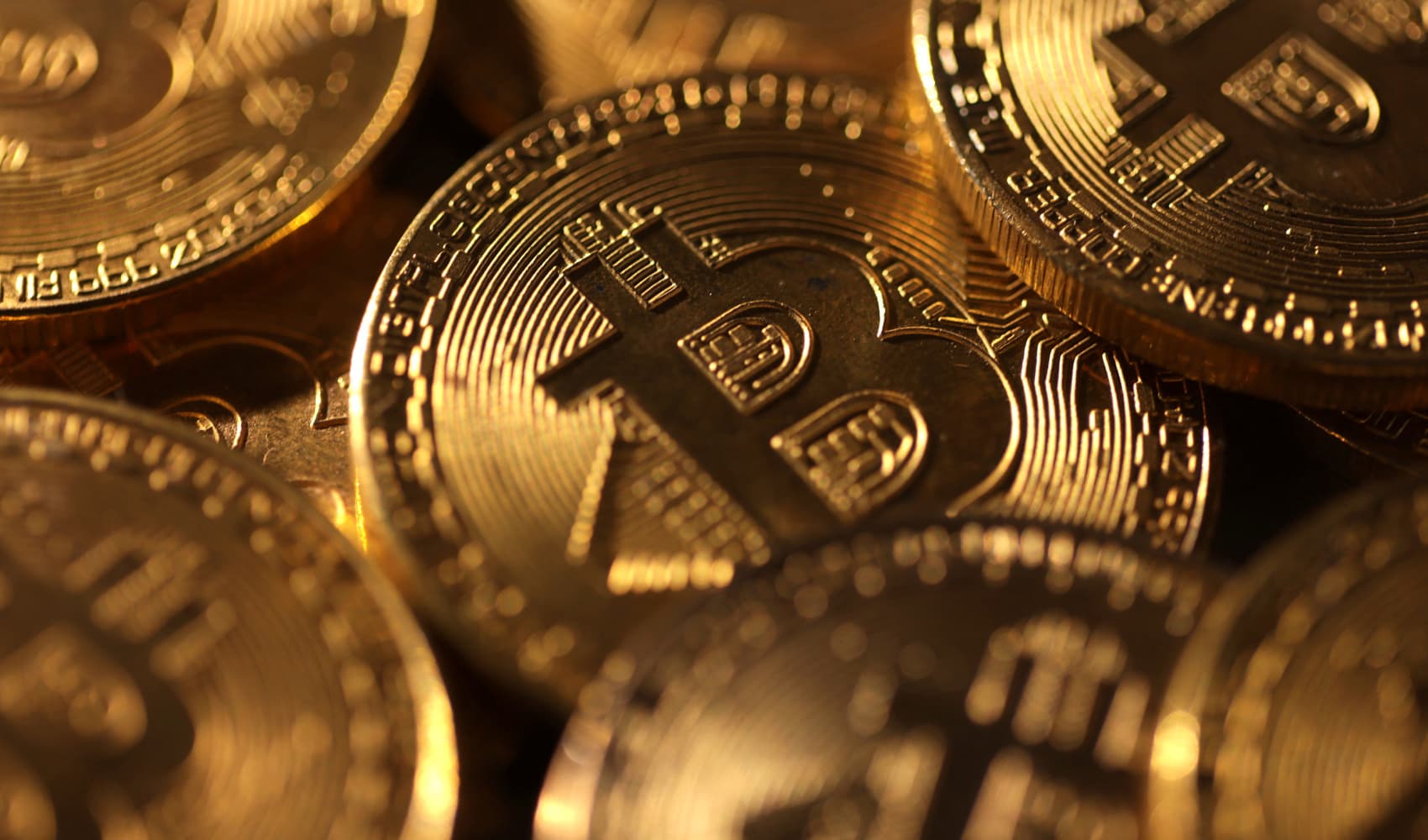
There haven't been many twists and turns when it comes to the Federal Reserve's efforts to cool inflation: It promised to raise interest rates and that's exactly what it's done for eight straight months.
For the first time, however, there's been less certainty about what the next move might be leading up to the Federal Open Market Committee on Wednesday, when the Federal Reserve might announce its next rate hike.
Forecasts by futures and options traders have fluctuated based on the central bank's comments about high inflation, the recent collapse of Silicon Valley Bank (SVB) and Signature Bank and the distressed sale of Credit Suisse to UBS raising concerns about a potential global banking crisis.
While the Fed is likely to raise rates again, according to Wall Street experts, another potential outcome is a pause on further rate hikes, which would mean the interest charged for loans and credit card debt wouldn't get more expensive. Here's a look at what traders are predicting.
Fed rate hike expectations keep shifting, but a hike is likely
Current benchmark interest rates are in a range of 4.5% to 4.75%, with another hike expected. However, the probability and size of that increase shifted throughout March. After Federal Reserve Chair Jerome Powell warned a Senate committee on March 7 that inflation was still too high, expectations jumped from 25 basis points to 50 basis points.
But with the March 10 collapse of SVB raising fears about a banking crisis, observers including Goldman Sachs economists expected no rate increase in March based on the news.
Money Report
However, a 25 basis point hike is now likely, with a probability of 87.8% as of Wednesday morning, according to the CME forecast tracker. The remaining 12.2% assumes there will be no hike.
"If the dust continues to settle, there's liquidity in markets and credit is flowing, the Fed will hike rates by one-quarter percentage point," says Greg McBride, chief financial analyst at Bankrate. "But this will be a game-time decision subject to any further instability in the banking system."
Get a weekly recap of the latest San Francisco Bay Area housing news. >Sign up for NBC Bay Area’s Housing Deconstructed newsletter.
Despite the fears of a banking crisis, forecasts of a 25 basis point increase suggest that inflation is still an overriding concern for the Fed. Powell has said that continued rate hikes will be made on a "meeting by meeting" basis, and that the Fed is also "prepared to increase the pace of rate hikes" until inflation drops down to its benchmark rate of 2%.
Just days before SVB collapsed, Powell said the road to lower inflation was "likely to be bumpy."
If another rate hike does occur, the cost of borrowing could keep increasing throughout 2023, driving up the cost of loans, auto financing and credit card debt. For some borrowers, interest rates on loans have nearly doubled in the last year, increasing the burden for consumers reeling from high inflation.
With a hike, the average interest rate charged on credit card debt will have grown by nearly 5% since a year ago, to over 20%. Rate hikes are typically reflected in loans and credit cards within weeks of the announcement.
Follow our live coverage of the Fed rate decision today.
DON'T MISS: Want to be smarter and more successful with your money, work & life? Sign up for our new newsletter!
Get CNBC's free Warren Buffett Guide to Investing, which distills the billionaire's No. 1 best piece of advice for regular investors, do's and don'ts, and three key investing principles into a clear and simple guidebook.






